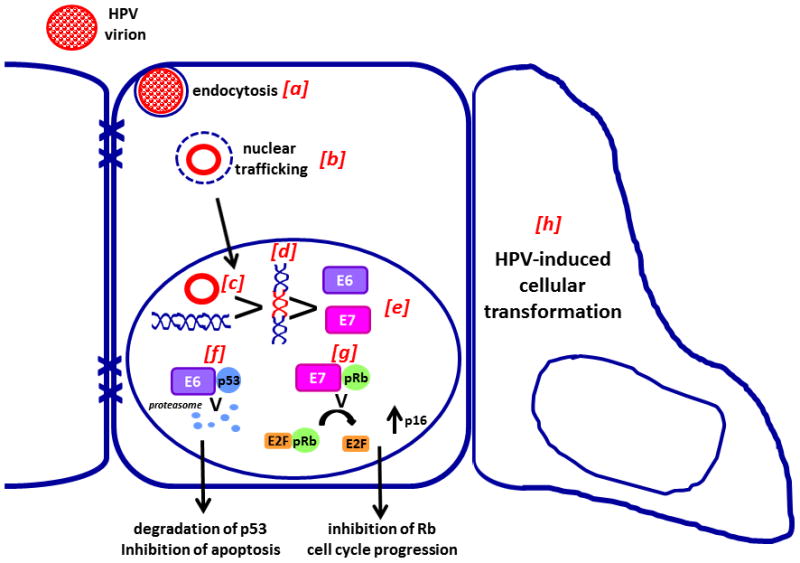Fig. 5. HPV E6 and E7 promote cellular transformation and development of malignant phenotype.

Virions enter the cell via endocytosis (a) and are trafficked to the nucleus (b) where they persist in episomal form (c) or are integrated into the host genome (d). Both episomal and integrated viral DNA produce E6 and E7 (e). Interaction of E6 with p53 and the ubiquitin ligase E6-associated protein target p53 for proteasomal degradation (f) and prevents apoptosis. Retinoblastoma family tumor suppressor proteins including pRb, p130, and p107 interact with E7 (g) and are inactivated, resulting in release of E2F and promoting cell cucle progression. Together these functions of E6 and E7 promote cellular transformation (h). Adapted with permission from [13].
